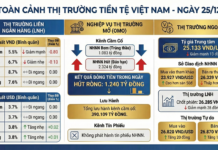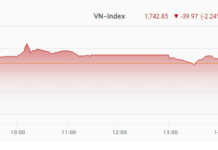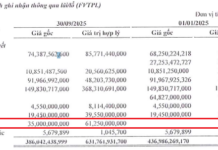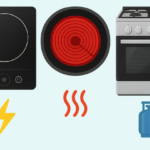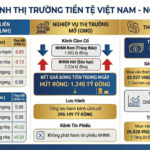With summer in full swing, many opt for electric fans to stay cool, even if they have air conditioning installed. The two most popular fan types are ceiling fans and pedestal fans, but which one is the most effective at cooling while being energy efficient in a large room?
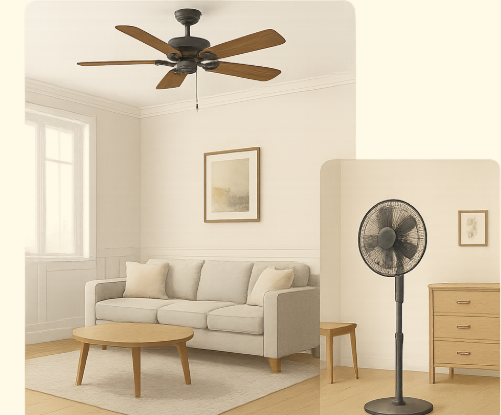
1. Understanding Their Functionality and Features
Ceiling Fan: Fixed to the ceiling, with a large span (47-55 inches), it distributes air evenly throughout the room. Ceiling fans typically have a power rating of 65-100W, and some premium models include decorative lights or reverse airflow settings.
Pedestal Fan: Portable and easy to move around, with a blade diameter of 16-20 inches and the ability to oscillate horizontally. Commonly found with a power rating of 45-75W, it’s perfect for focused cooling in specific areas.
2. Cooling Efficiency in Large Rooms
Ceiling Fan: Due to its elevated position and large span, a ceiling fan evenly distributes air across the entire space. In living rooms or bedrooms larger than 215 sq. ft., a ceiling fan provides a natural cooling effect without the discomfort of direct airflow.
Pedestal Fan: Ideal for smaller rooms or when instant cooling is needed in a specific area, such as a desk or bed. In large rooms, pedestal fans struggle to circulate air evenly and often only provide localized cooling.
3. Energy Efficiency
One of the most critical factors to consider is power consumption:
Ceiling Fan: Despite potentially higher wattage, ceiling fans’ large airflow and wide coverage mean you only need one for the entire room. A 75W ceiling fan used for 8 hours a day is estimated to consume approximately 18 kWh per month.
Pedestal Fan: A 50W pedestal fan running for 8 hours a day consumes about 12 kWh per month. However, in a large room, you may need 2-3 pedestal fans to achieve the same effect as a ceiling fan, resulting in equal or higher total energy consumption.
4. Convenience and Cost
Ceiling Fan: Requires fixed installation and has a higher initial cost ($65-$180, excluding installation). However, they typically last for 7-10 years.
Pedestal Fan: More affordable ($25-$70), portable, and suitable for flexible spaces. Lifespan is usually shorter, around 3-5 years.
5. When to Choose Each Type
Large living rooms or bedrooms with high ceilings: Ceiling fans are the optimal choice for energy efficiency and natural airflow.
Smaller rooms or focused cooling needs: Pedestal fans offer convenience, flexibility, and lower initial costs.
Using Both: Many households use both ceiling and pedestal fans to enhance cooling while minimizing air conditioner usage, further reducing energy costs.
6. Tips for Optimizing Energy Efficiency
- For ceiling fans, choose a medium speed (setting 2-3) to save energy and reduce noise.
- Place pedestal fans in the corner of the room to maximize airflow coverage.
- Combine fans with air conditioning to improve cooling efficiency; you can set the AC temperature 3-5°F higher, saving 10-15% in energy costs.
- Regularly clean the fan blades and grills to maintain efficiency by removing dust and grime.
In the long run, ceiling fans are the more efficient and cost-effective choice for large rooms, thanks to their even airflow distribution and stable power consumption. Meanwhile, pedestal fans are better suited for smaller spaces or when portability is a priority. Using a combination of both types of fans, depending on the space and your needs, will help families stay comfortable during hot weather while keeping energy costs down.
The Ultimate Guide to Energy Efficiency: Vacuums vs. Robot Vacuums for a Sparkling Clean Home.
In a world where energy costs are a growing concern, the innovative combination of robots and vacuum cleaners offers a compelling solution. This dynamic duo promises to revolutionize the way we clean our homes, delivering optimized energy expenditure and unparalleled cleaning efficiency. With their advanced technology and meticulous design, they ensure a spotless environment without breaking the bank.
The Ultimate Guide to Summer Energy Savings: How a Simple Hack Can Slash Your AC Costs by 15%
A cost-effective way to reduce your energy bills without investing in expensive equipment is to use a fan with your air conditioner.






